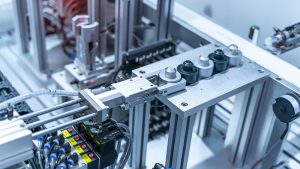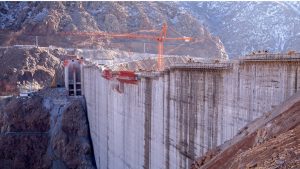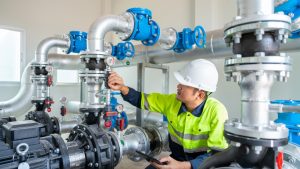Keeping the water quality up to the best level and the required measurements while preventing the spread of diseases through water is a top necessity when it comes to water treatment facility operations. According to World Health Organisation reports diseases such as cholera, diarrhoea, dysentery, hepatitis A, typhoid, polio, etc spread through poor-quality water. That is why the Australian government and the relevant authorities keep a heavy weight on ensuring water quality and disease detection before releasing water to the general public.
Sensors, specifically PH sensors are potent technology that helps these initiatives with its outstanding features and functionalities. In this article, we touch on the depths of the PH Sensors and their utilisation in water treatment plants.
What is Sensor Technology?

This is equipment that generates an output signal to sense an event that occurs physically. The most general definition of a sensor is a device, module, machine, or subsystem that detects events or changes in its surroundings and transmits the information to other electronics, typically a computer processor.
If simply described, sensing technology is a field of technology that uses various types of sensors to gather data by identifying amounts of physical, chemical, or biological characteristics and transforming them into readable signals. There is no industry that does not rely on a variety of sensors.
What are PH Sensors?
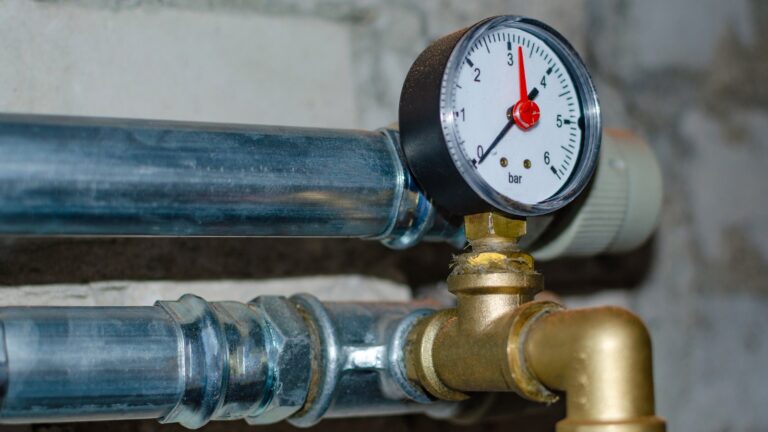
When it comes to the broad range of sensors as we mentioned above, a pH sensor is one of the most important tools for measuring pH levels in the water and is commonly used in the overall water quality inspection process. It is possible to measure the alkalinity and acidity of water and other solutions with this sort of sensor. pH sensors help assure the safety and quality of products and processes that take place in wastewater or manufacturing facilities when they are utilised appropriately.
Any business that employs cooling towers, boilers, manufacturing operations, pool control, or other environmental monitoring must understand the difference between alkaline and acidic compounds. The average pH of the human body is 7.4, which is necessary for the body to operate properly. The body will seem to return to a neutral state if the composition shifts too much in either the acidic or alkaline directions. On the other hand, pH sensors are to be utilised in the water or wastewater treatment procedures too. They are able to ensure the safety and quality of a product and the processes that occur within a wastewater or manufacturing plant.
Top Perks of Utilising PH Sensors in Water Treatment Plant Operations
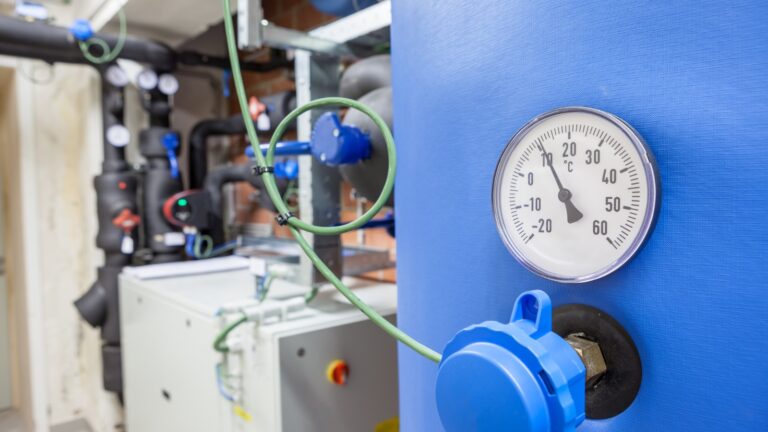
Optimal Disinfection
In water treatment plant operations, achieving optimal disinfection seems to be highly important. The pH sensors can do a lot to help in this process. As they can continuously monitor water’s pH levels, these sensors ensure that disinfection conditions remain within the desired range. It is common in the water and wastewater treatment facilities that workers set specific pH set points, typically around 7, to maintain an environment where disinfection agents like chlorine are most effective. When pH levels keep changing from the set point, these pH sensors trigger alarms. This proactive act helps workers to take immediate corrective action through precise chemical dosing.
The result is that when the water treatment authorities gather data and evaluate them over time, they are able to spot some patterns. Accordingly, process improvements can be made in real-time. This is what leads to the increased disinfection precision ultimately.
Coagulation and Flocculation
There are several advantages to integrating pH sensors into water treatment plant operations, but the coagulation and flocculation processes stand to gain the most. How is it possible? Let us explain further. These sensors enhance the coagulation and flocculation phases, when contaminants and particles are bonded together for removal, by maintaining accurate pH control. Coagulants like alum or ferric chloride work more effectively when the pH is kept within the optimum range, which is normally just over 7.
This encourages efficient particle binding, making it easier for those particles to pass through the sediment and filter. What happens is water becomes clearer and has less turbidity as a result of this. Again, you can witness the use of pH sensors not only improves overall treatment effectiveness but also helps communities consistently get high-quality, drinkable water.
Chemical Dosing
You can see these are ‘must-have’ tools when it comes to maintaining precise pH levels which is crucial for optimising the effectiveness of various chemical treatments. As they can closely monitor and adjust the pH in real time, water treatment facilities can ensure that coagulants, disinfectants, and other chemicals are dosed with accuracy and efficiency.
On the other hand, this not only minimises chemical waste but also enhances the overall treatment process. These sensors are the way to that end up resulting in the consistent production of high-quality, safe drinking water. This is why the integration of pH sensors emerges as an outstanding strategy in modern water treatment operations, offering both environmental and operational benefits.
Corrosion Control
How can you stay away from corrosion? This is the number one concern in the realm of water or wastewater treatment management. The incorporation of pH sensors into water treatment plant operations is proving to be a pivotal asset when corrosion control is concerned. These sensors provide real-time monitoring of water’s pH levels which is a critical factor in safeguarding distribution systems and infrastructure. If they can maintain the pH within the optimal range, facilities can mitigate the risk of corrosive conditions that lead to pipe and equipment damage.
The best thing about this is that It protects both the structural integrity of the infrastructure and the quality of the water supply. This exact pH control makes sure that the water being distributed to end users is not toxic. Using pH sensors is a proactive strategy for preventing corrosion, increasing the durability and dependability of water treatment systems as widely visible. No need to mention that it backs up the efforts to maintain the provision of safe, high-quality water to communities.
Contaminant Removal
How exactly do these sensors help with containment removal initiatives? You know that pH sensors offer continuous real-time monitoring of water’s acidity or alkalinity in the first place. This act enables precise control of pH levels, which is important for effective contaminant removal processes. This ensures that coagulants and other treatment agents function properly, binding with and eliminating pollutants, including heavy metals and bacteria.
Water treatment facilities choose this ideal way to increase the overall effectiveness of these procedures by maintaining the proper pH. This results in the consistent production of high-quality, safe drinking water.
Taste and Odour Control
The PH sensor’s ability to encourage real-time monitoring of water’s pH levels is highly valuable for mitigating the formation of unpleasant tastes and odours. Water treatment facilities can efficiently manage the removal of organic compounds and algae that contribute to these problems by maintaining exact pH control.
This then improves the taste and odour of the treated water, making it more palatable and increasing consumer satisfaction. Therefore the use of pH sensors is crucial in providing communities with high-quality, non-tasted drinking water, highlighting their significance in contemporary water treatment operations.
Expanding Capabilities to Reach New Heights through Digitalisation
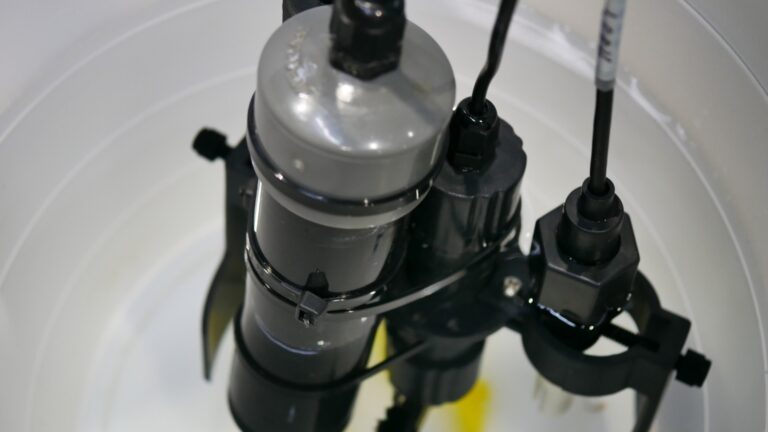
Since you have read our whole blog article, you might understand that any industry can expand its capabilities through the utilisation of digitalisation. When you rely on cutting-edge technology the distance you can walk is unlimited. However, you need to keep in mind that research is needed before making any purchasing decision when it comes to software solutions.



